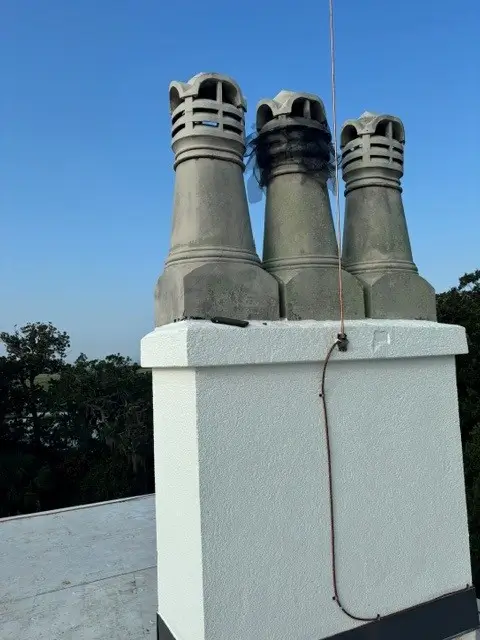Roof-Top Lightning Protection Systems: Safeguarding Your Home from Above
Lightning is one of nature’s most powerful—and unpredictable—forces. In regions like Louisiana, Gulfport (MS), Mobile (AL), Gulf Shores (AL), Hattiesburg, Memphis, Little Rock, Jonesboro, Beaumont (TX), Montgomery (AL), Rapid City (SD), and Pensacola (FL), thunderstorms frequently sweep through, posing serious risks to homes and structures. For homeowners who want robust defense, a properly installed roof-top lightning protection system is among the most effective solutions. At Strike Safe Lightning Protection, we specialize in designing and installing these systems to provide you peace of mind before the next storm.
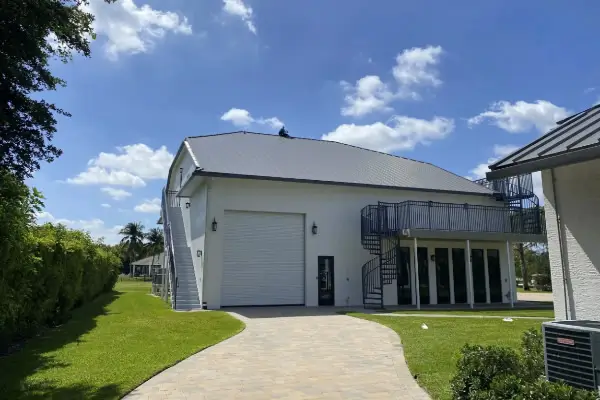
What Is a Roof-Top Lightning Protection System?
A roof-top lightning protection system comprises a network of air terminals (lightning rods), conductors, grounding electrodes, and bonding connections, all working together to safely intercept, channel, and ground lightning energy. The system ensures that a strike is drawn to the air terminal instead of vulnerable parts of your roof or home, and then guided safely to the earth.
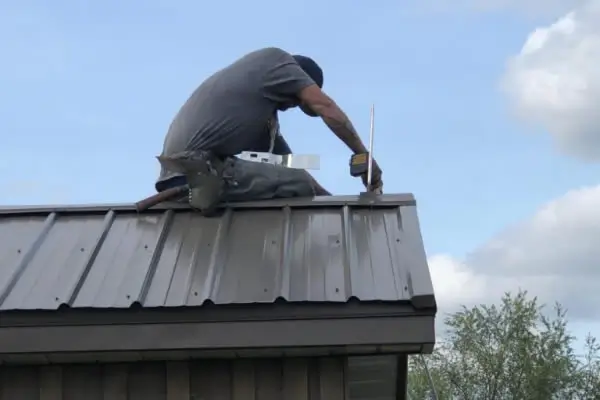
Key Components Explained
- Air Terminals (Lightning Rods): Strategically mounted at high points—ridge lines, peaks, chimneys, and parapets—these terminals provide a safe interception point for a lightning strike.
- Conductors: Heavy-gauge copper or aluminum conductors transport the electrical energy from the air terminals down to the ground electrodes.
- Grounding Electrodes: Typically ground rods or grounding plates buried deep in the soil allow the current to dissipate safely into the earth.
- Bonding: All metallic elements of the roof—gutter systems, flashing, metal pipes—are bonded to the protection network so there are no dangerous voltage differences during a strike.
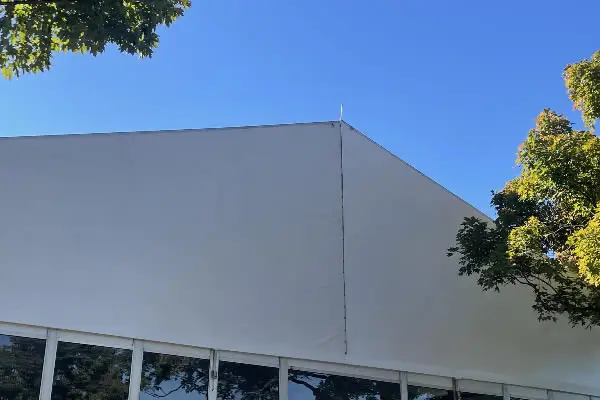
Design Principles That Matter
A rooftop system must follow sound design principles to be effective:
- Rolling Sphere Method: A conceptual sphere is rolled over your roof’s profile; where it “touches,” an air terminal must be placed. This ensures no portion of the roof is left unprotected.
- Conductor Path & Routing: Conductors should take the most direct, unobstructed, and shortest path to ground, avoiding sharp bends and protected inside routing where possible.
- Grounding Resistance: Low-resistance grounding is crucial. Depending on soil conditions, multiple ground rods or plates may be required.
- Interconnection and Bonding: All metal components on and around the roof must be bonded into the system to avoid dangerous side strikes or arcing.
When these principles are ignored, the system may fail or even become hazardous during a strike.
Why a Roof-Top System Is Vital for Your Home
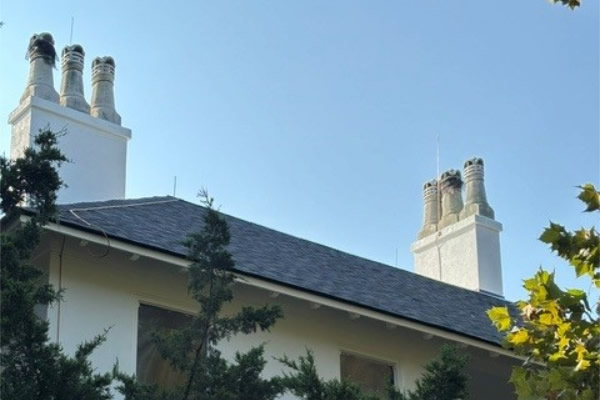
- Protection of Roof Structure & Materials: A direct strike could pierce or ignite roofing materials—especially vulnerable are shingles, wood beams, and insulation.
- Fire Prevention: By providing a safe path to ground, the roof protection system reduces the chance of fire caused by uncontrolled lightning current passing through flammable materials.
- Prevents Secondary Damage: Without proper protection, lightning may travel through structural frames or metal parts, potentially damaging interior finishes or hidden systems.
- Long-Term Investment: A professionally installed system is low maintenance yet offers continuous protection through the life of your roof.
Challenges & Considerations in Your Region
In your service area, unique geographic and environmental factors demand careful design:
- Coastal Environments (Louisiana, Gulfport, Mobile, Gulf Shores, Pensacola): Humid air, salt mist, and sandy soil can affect grounding and corrosion. Materials must resist corrosion, and grounding systems may need special treatment.
- Urban & Elevated Terrain (Memphis, Little Rock, Rapid City): Buildings near taller structures or high ground may require additional air terminals or more complex conductor placement.
- Soil Variation: Soil conductivity differs greatly—clay, sand, rock, or mixed soils require varied grounding approaches for optimal dispersion.
- Low Roof Profiles & Complex Rooflines: Many homes have dormers, valleys, or multiple ridges. A simple layout won’t work; every angle must be considered for effective protection.
At Strike Safe Lightning Protection, we analyze each property’s roof geometry, regional climate, and soil conditions before designing your system.
Why Professional Installation Matters
A rooftop lightning protection system is not a DIY project. Mistakes in placement, grounding, or bonding can render the system ineffective—or worse, create hazards. Professionals follow the latest NFPA 780 and UL-96 standards. Our team uses certified materials, precise design procedures, and tested installation practices to ensure safety and performance.
Additionally, documented installations backed by an experienced provider help with insurance compliance, inspection, and future maintenance.
Maintenance & Inspection
Once installed, a rooftop lightning protection system requires periodic inspection. Checking for corrosion, loose connections, physical damage, or shifting ground electrodes ensures long-term reliability. Strike Safe Lightning Protection offers maintenance services in all our operating regions so your system continues to function optimally across decades of storms.
Secure Your Home from Above with Strike Safe
Rooftop lightning protection is a critical defense line against unpredictable storms. With Strike Safe Lightning Protection, you get generations of experience, certified installation, and tailored protection across Louisiana, Mississippi, Alabama, Tennessee, Arkansas, Texas, South Dakota, and Florida.
Don’t wait until a strike reveals a weakness. Let us assess your roof and design a protection system that delivers lasting safety and peace of mind.
About Strike Safe Lightning Protection
At Strike Safe Lightning Protection, we’ve been installing reliable lightning protection rods for generations, earning a trusted reputation for quality craftsmanship and affordable pricing. Our team provides nationwide service, with a strong focus on the Gulf and Southern regions—including Louisiana, Gulfport, Mobile, Gulf Shores, Hattiesburg, Memphis, Little Rock, Jonesboro, Beaumont, Montgomery, Rapid City, Austin, Texas and Pensacola. Whether it’s a residential home, farm, or commercial property, Strike Safe delivers proven lightning safety solutions designed to protect what matters most.

